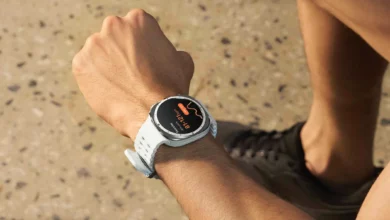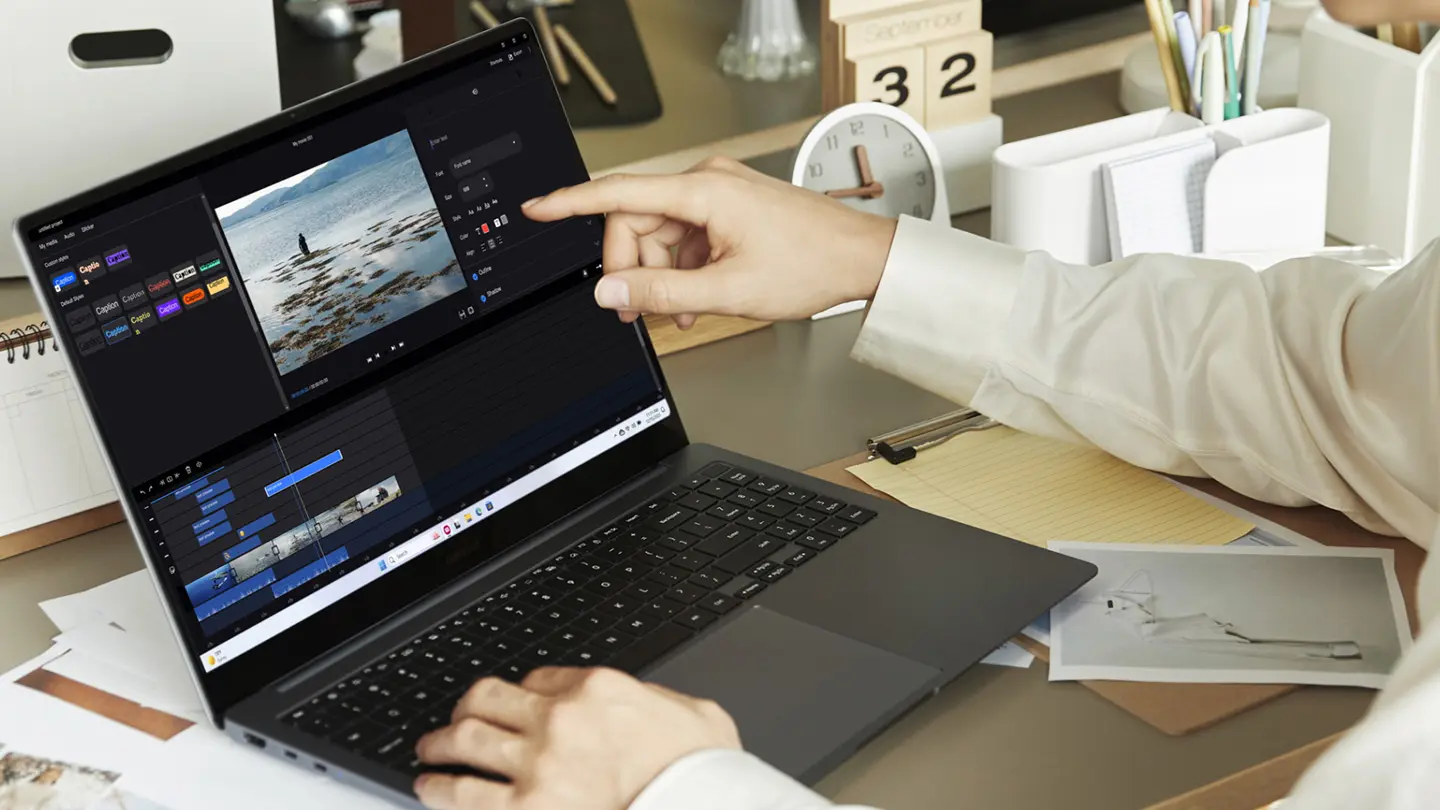Galaxy S23 Ultra’s low-resolution cameras may ruin your photography experience

Samsung is in its final steps to introducing its upcoming flagship series Galaxy S23 officially. It will get a total of three devices as usual- Galaxy S23, Galaxy S23+, and Galaxy S23 Ultra. Notably, the launch date of this series is drawing near day by day. Now less than a month is left before the launch. We have received a lot of information about this series, especially the Galaxy S23 Ultra. We still have time to explore the device through the available information until this series is official.
What to expect from Galaxy S23 Ultra
As per the information we have received so far, the major change which is about to happen in this series is its photographic abilities. For those who are unaware, the Galaxy S23 Ultra device will feature a 200MP primary sensor in it which will surely be capable of capturing the best-quality images. If you are still unknown of its specifications, you can find them on the list provided below-
- Android13 with One UI 5.1 on top of it.
- 6.8-inches QHD+ AMOLED Display with 120Hz refresh rate.
- Qualcomm’s Snapdragon 8 Gen 2 SoC.
- Rear camera configuration- 200MP+12MP+10MP+10MP.
- 40MP selfie camera.
- 8GB/12GB RAM along with 256GB/512GB/1TB internal storage.
- 5000 mAh battery with 25W wired and 15W wireless charging support.
- Fingerprint sensor and Face unlock support.
- Gorilla Glass Victus 2.
- S Pen support.
However, there seems to be an issue in its photography experience, as it is expected to spoil it. Despite having the best quality sensor, and still imagining such apprehension, let’s find out a reason for it.
The low-resolution camera of Galaxy S23 Ultra may spoil your photography experience. Know why?
As we have mentioned above, the Galaxy S23 Ultra will feature a 200MP primary sensor along with three other camera sensors- a 12MP Ultrawide camera, a 10MP telephoto camera, and another 10MP quality camera. It indeed contains a 200MP primary sensor, but the rest three camera shooters are low in terms of resolution. Leaving the two telephoto cameras behind, apart from the primary one, the ultrawide shooter is the one that is used most commonly.
Galaxy S23 Ultra’s biggest competitor is its own Galaxy S22 Ultra
Samsung may double the minimum storage capacity of the Galaxy S23 series
Samsung Galaxy S23 Ultra’s low-light photography may impress you
Let us tell you that because Galaxy S23 Ultra contains a lower-resolution ultrawide camera (12MP), the quality difference between the images taken from the primary sensor, and the ultrawide shooter will be huge. In that case, while not using the primary sensor, this poor image quality will surely frustrate the users.



